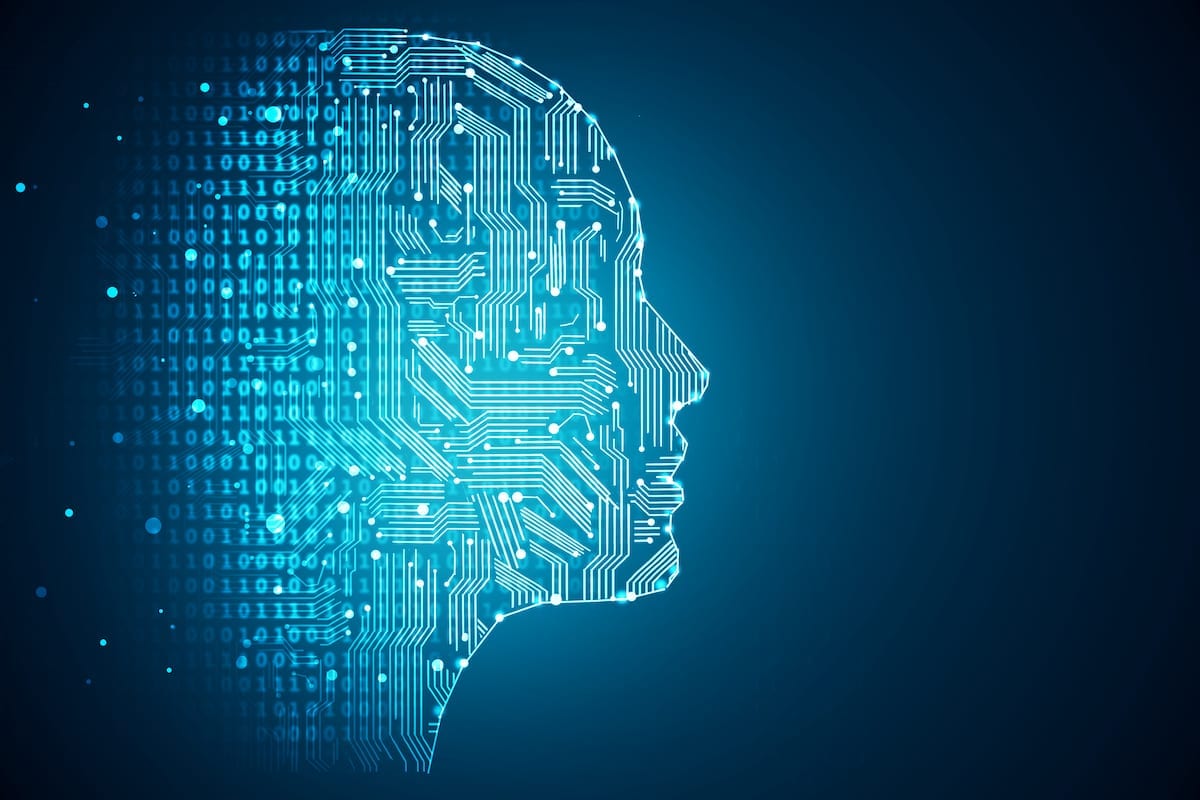Artificial intelligence seems to be the latest term which is capturing the not only the predictive analytics discipline’s attention but the general public as well as seen by the many articles in much of the mainstream media. The best-selling business author, Tom Davenport, author of “Competing on Analytics” and “Analytics at Work” shared his perspective on artificial intelligence and its impact in the overall economy at the O’Reilly conference in New York City last fall. During the course of this conference, he emphasized the notion that no one is certain of the exact impact to the overall economy other than that there will be great change. Of particular note, he was looking at these changes and their specific impact on the data science and predictive analytics discipline.
No one doubts the fundamental changes caused by artificial intelligence (AI) that will emerge both long-term as well as short-term, particularly as the economy continues to move more towards increased automation. In the last twenty years, we have certainly witnessed this increasing level of automation. Think of the typical office in the 1980’s. In creating a document that was sent to another department, 3 people were involved which included the creator of the document, an admin assistant to type it, and a courier to transfer it to the appropriate area. With automation, all these tasks can now be done by one person. No advanced artificial intelligence was utilized here. Instead, the birth of the PC and the internet were the fundamental cornerstones in providing this increased level of office automation.
Another example of increasing automation are call center customer service areas which have developed automated voice messaging systems. These systems purport to achieve better customer service, which is arguably debateable, but from the organizational standpoint, they more importantly achieve significant cost savings. Despite these cost savings, most of us have experienced heightened levels of frustration in trying to talk to an actual live person.
With increasing automation, cost effectiveness has been the mantra of most organizations in the last 20 years. This enhanced focus on cost effectiveness has also resulted in organizations exploring options to outsource tasks to countries with a lower standard of living. Over the years, we have seen how outsourcing of tasks has evolved from the more routine mundane tasks to the more highly advanced knowledge-based tasks. I cannot tell you the number of calls that I have received about outsourcing the technical data science skills in building a predictive model. Under this paradigm, my company becomes the “managers” of predictive analytics solutions in applying outsourced solutions towards a given problem. However, our business model has always been to both manage and execute the development of predictive analytics solutions and at this point in time we have not bowed to the altar of outsourcing. No need to discuss the merits or failures of this approach as this debate is now becoming a mainstream political issue throughout the world.
With the evolution of…



